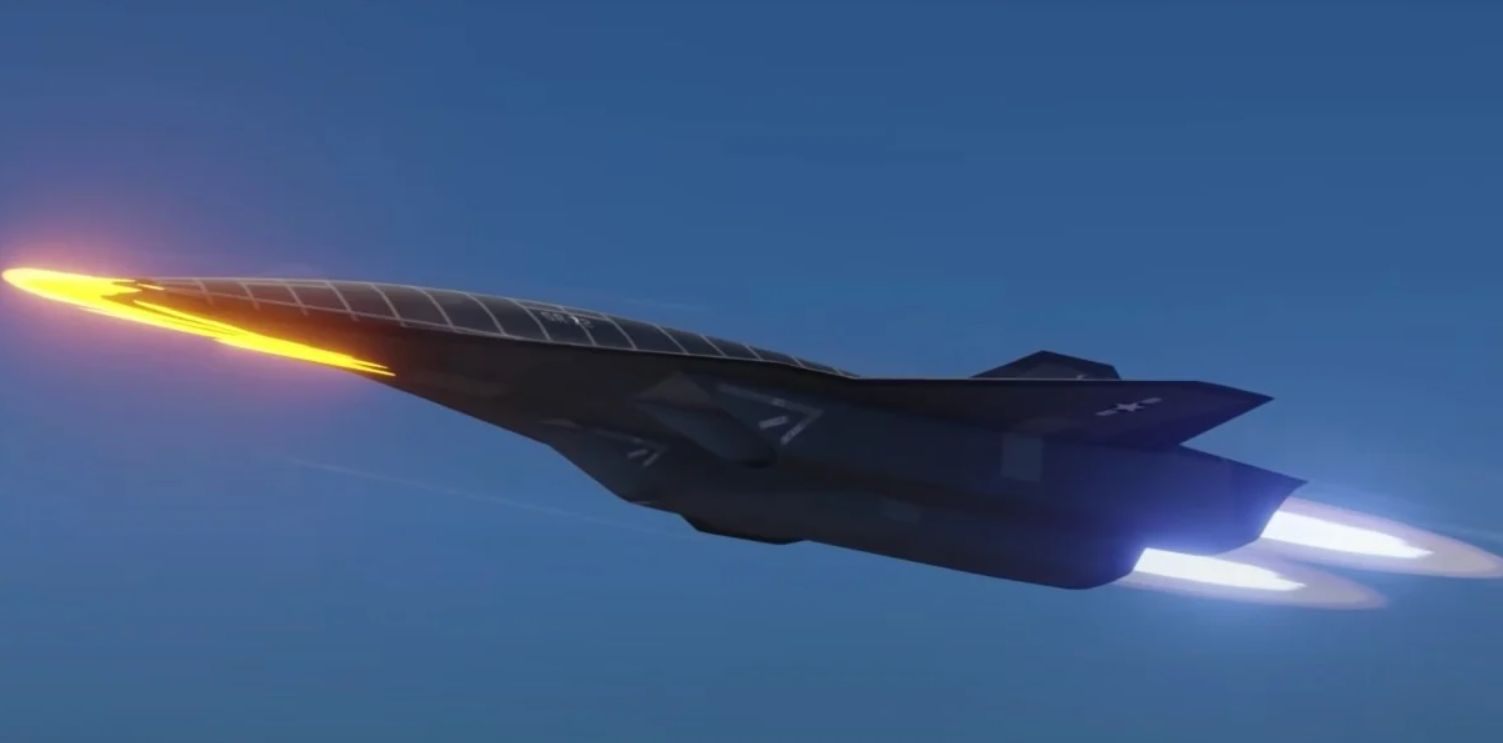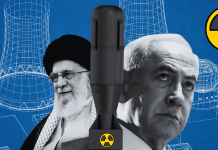Is the U.S. Air Force (USAF) about to get the world’s fastest ever aircraft with speeds of Mach 6.0, christened the SR-72 “Darkstar” and built by Lockheed Martin? And if so, then when?
It is difficult to provide authentic answers, even though the U.S. Air Force has been on record as saying that it has tested potential future generations of combat aircraft that could see light in 2030.
Conflicting reports exist on the subject. While some point out the program’s unavoidable delays, others say that the SR-72 effort is making due progress and will be operational sooner rather than later.
According to a recent Aviation Week report, a classified Lockheed Martin program that involves a “highly complex design and systems integration” went another $45 million over budget in the second quarter of 2024.
Lockheed’s quarterly filing with the U.S. Securities and Exchange Commission puts the firm’s total losses associated with this single “shadowy” program up to some $335 million since 2022. The filings went on to postulate that losses may continue to accrue as the company faces “advanced procurement costs” moving forward.
However, Sandboxx News, which claims to be covering “the secretive development of SR-72,” argues that “ in this modern era of bureaucratic oversight and extended design cycles, it seems unlikely that Lockheed Martin would have gone all-in on fielding the SR-72 without some pretty conclusive evidence from the Air Force that it’d eventually step in and foot the bill”.
Sandboxx News has concluded that “ while the SR-72 effort appears to have continued to progress under the classified veil since early 2018, word of these losses, combined with the rapid expansion of Lockheed Martin’s Skunk Works facilities and personnel, all point toward the production of a new classified aircraft meant not for testing, but likely, operational service.”
F-16s “Sitting Ducks” For Russian MiG-31 Fighters? Putin Warns Of Consequences Over Fighting Falcons
Regarding the financial constraints, the report says that though in the second quarter of 2022, Lockheed reported a $225 million pre-tax loss on a classified Aeronautics program that had just completed a comprehensive review, three months later, however, the company filings indicated that the customer for this effort had signed a “memorandum of agreement” to modify the scope and price of the contract. “This implies that there is indeed a contract in place (seemingly a fixed-price incentive-fee contract) and that Lockheed Martin is unlikely to have to swallow these cost overruns on its own. With continued budgetary overruns now reaching $335 million, it stands to reason that the program’s overall budget is significantly more”, it said.
Taiwan-China Clash: When U.S. Sidewinder Missiles Destroyed PLAAF Fighter Jets & Pushed Back Beijing
Other reports have suggested that the United States Air Force plans to introduce SR-72 in 2030. However, more details are not publicly revealed about this as it is a top-secret project. The only thing Lockheed officials have said is that the SR-72 is touted to reach over 4,000 mph (6,437 kph), making it the fastest plane ever developed.
If realized, the SR-72 would provide the U.S. Air Force with unparalleled speed and strike capabilities, potentially outmaneuvering even the most advanced air defenses.
Incidentally, the fastest aircraft to fly so far in mankind’s history was none other than SR-72’s “father,” SR-71 “Blackbird.” It had a record-setting top speed of Mach 3.2 in 1974 at an altitude of 85,000 feet, a record still unmatched. However, the USAF retired it in 1998.
US Pushes “F-22, F-35 Fusion” To Indian Air Force Under Make In India; Lockheed Boss Meets PM Modi
It may be noted that the SR-71 was developed essentially as a spy plane; it was primarily meant for intelligence, surveillance, and reconnaissance (ISR) activities. However, its maintenance proved too costly over the years, particularly when ISR activities were conducted at a much cheaper rate through spy satellites. This was the main reason for its de-induction in 1998.
However, it has now been realized that spy satellites are also vulnerable to adversaries. When they are in orbit, potential adversaries can predict their movement and when they will overfly areas they would like to keep private. Modern-day military bases are built to provide overhead coverage as much as possible to prevent overhead espionage, so with calculative orbits, it is easy to hide sensitive material before satellites pass by.
The antidote to this is an aircraft that can fly at a hypersonic speed (Mach 5 and above), which is about 3,800 miles or 6,116 kilometers per hour; this will leave no time for the aircraft’s overflying detection.
Thus, SR-72 fits the bill perfectly, it is said. With this speed, SR-72 can travel from the U.S. to Europe in just an hour and a half.
Secondly, while the SR-71 was known to take pictures, it was not able to operate with the weight of weapons and their targeting equipment. On the contrary, apart from performing ISR duties, the SR-72 would have the capability to attack targets with hypersonic weapons that are also harder to detect.
‘Raptor Salad’ For Lunch! US F-22 Raptor Outgunned, Outmaneuvered By German Eurofighter Typhoon?
Launching an object, like a ballistic missile, into space gives radar, which can see beyond the earth’s curvature, more time to detect it. Hypersonic weapons, even at a low altitude, can avoid detection for longer, and combined with their speed, they give a potential enemy limited time to react to their presence.
It is assumed that the SR-72, which, like its predecessor SR-71, is over 100 feet (30 meters) long and designed to operate without a human pilot, will support Lockheed Martin’s new High-Speed Strike Weapon (HSSW), enhancing its striking ability.

It is claimed that the aircraft’s combat capabilities make it ideal for striking targets in dangerous environments where manned aircraft would be too slow and risky. The new weapon system can fire hypersonic weapons faster than any other weapon and instantly achieve hypersonic speeds. Moreover, it can maintain these speeds for longer periods.
In short, the SR-72 will be a hypersonic aircraft with hypersonic missiles. Its proponents assert that the aircraft could penetrate any airspace and strike essentially any location across a continent within an hour.
Of course, many American strategic analysts have pointed out that Russia and China lead the United States in hypersonic technology. Both Russia and China are reported to have already deployed hypersonic cruise missiles.
But, the operationalization of SR-72 could prove to be a game-changer, given its unmatched potential.
- Author and veteran journalist Prakash Nanda is Chairman of the Editorial Board – EurAsian Times and has been commenting on politics, foreign policy, on strategic affairs for nearly three decades. A former National Fellow of the Indian Council for Historical Research and recipient of the Seoul Peace Prize Scholarship, he is also a Professor at Reva University, Bangalore.
- VIEWS PERSONAL OF THE AUTHOR
- CONTACT: prakash.nanda (at) hotmail.com
- Follow EurAsian Times on Google News




